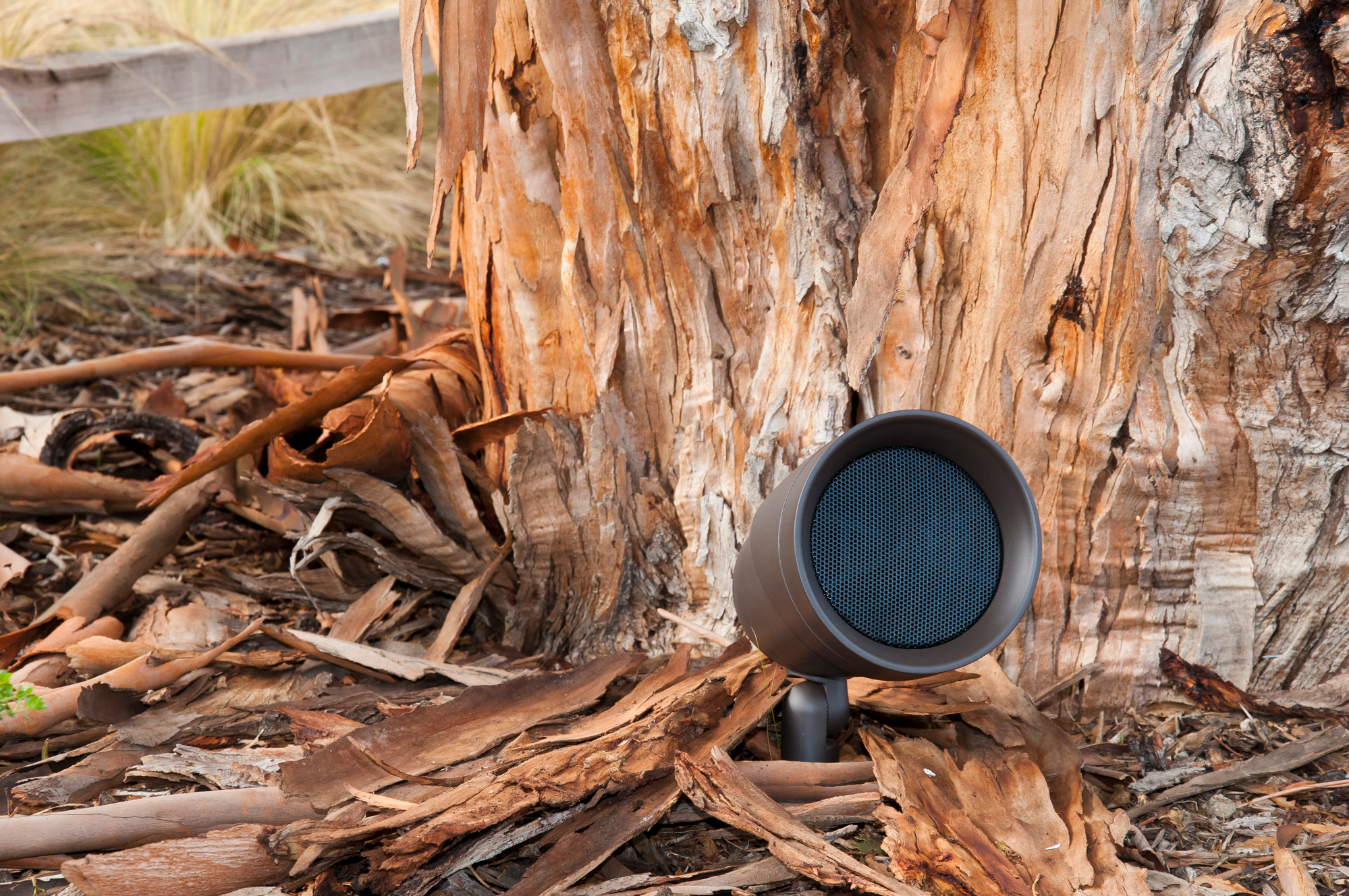Best Practices in Video Conferencing Room Solutions
Solve Today's Pain Points with Successful Collaboration
According to the Harvard Business Review, U.S. companies spend about $37 billion yearly on meetings. Unfortunately, over 70% of senior managers see them as unproductive. The question then becomes, where is the disconnect, and how do you make meetings more effective?
As the hybrid workforce took hold, many of these meetings transitioned to video conferencing. With 90% of employers keeping hybrid working policies in place, per a Conference Board survey, it's clear that this working model is here to stay.
Fortunately, there are video conferencing room solutions that can increase collaboration and the effectiveness of your team, reducing wasted time and lost revenue. Let's explore some of the best practices for your New Orleans, LA, conference room.The Best Practices in Video Conferencing
Stanford University's best practices in video conferencing include:
- Set up your connections and test them before the meeting and have a backup plan in case remote participants have trouble connecting.
- Ensure all attendees can hear and see each other clearly and that microphones and speakers are strategically placed.
- Make sure the commercial lighting doesn't affect visibility, and consider closing the blinds.
- All participants should be able to share content.
The Solutions
At Assurance AV Solutions, we create video conferencing solutions that address all these possible pain points.
Connections: A central room controller provides one-touch control, connecting to video calls and launching presentations. These devices can also integrate with automated lighting and shades, optimizing the room for various uses. Wireless presentation systems create the ability to share information easily.
Seeing Each Other: Visual cues are critical in communications. Because of this, 4K UHD displays have become the standard. For larger rooms, two displays are offered, one for viewing participants and another for sharing information and presentations.
Remote attendees can also have trouble feeling engaged. Smart cameras help create the same visuals as if they were in the room by tracking the speaker. Cameras with 360-degree capabilities let remote participants view the entire room.
Hearing Each Other: Poor audio quality often results in frustration. Beamforming microphones focus on the speaker, eliminate background noise, and automatically adjust to the room's layout. High-quality in-ceiling speakers reduce clutter and maintain a clean, organized appearance.
Sharing Content: Collaboration equity is a fairly new concept that came about due to the remote workforce. It's defined as the ability for both remote and onsite team members to contribute and communicate equally. Creating this environment requires access to the technology that enables them to participate in video conferencing sessions.
This technology includes screen sharing and the ability to use their own device. Digital whiteboards are essential as they enable participants to share annotations and documents, interact across devices, and deliver presentations.
At Assurance AV Solutions, we provide the highest-quality audio-visual technology customized to your needs. An onsite walkthrough and consultation help us determine what systems would resolve any pain points and offer the highest ROI.
From wiring to installation, programming, calibration, and training, we ensure a video conferencing solution that delivers the highest performance. To learn more about our video conferencing room solutions or to schedule a complimentary consultation, contact Assurance AV Solutions today.
When you subscribe to the blog, we will send you an e-mail when there are new updates on the site so you wouldn't miss them.



